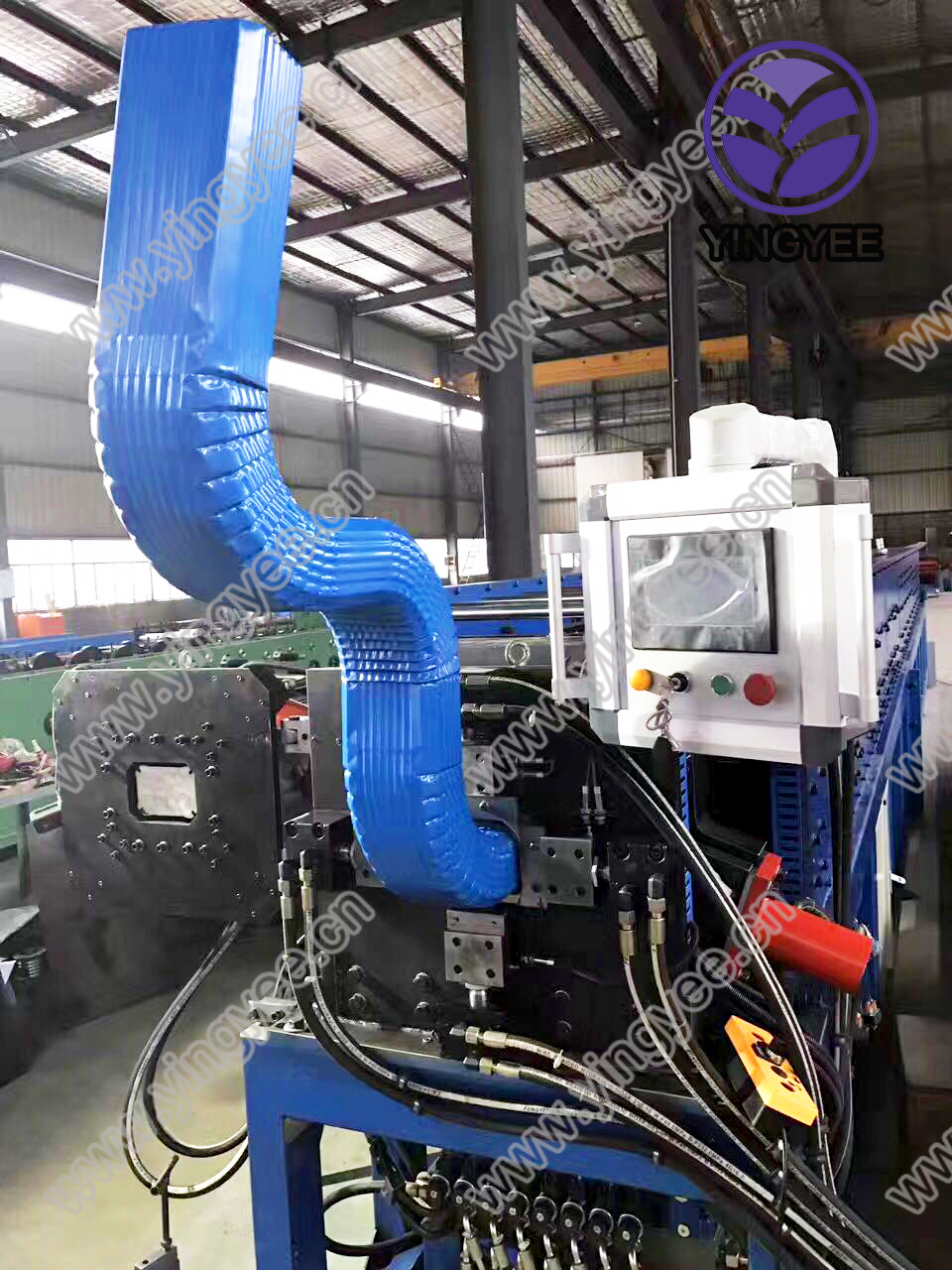
The Role of Purlin Rolling Machines in Modern Construction
In the ever-evolving world of construction, efficiency and precision are paramount. One of the significant advancements that have reshaped the steel fabrication industry is the introduction of purlin rolling machines. These machines have revolutionized the way purlins—a critical component in the structural framework of buildings—are manufactured. This article delves into the importance, functionality, and benefits of purlin rolling machines in contemporary construction.
Purlins are horizontal structures that provide support to roofs and walls in steel buildings. Traditionally, these components were made using labor-intensive methods, which could be time-consuming and costly. The advent of purlin rolling machines has streamlined this process, offering a more efficient means of production. These machines are designed to create purlins with various profiles, ensuring they meet the specific requirements of different construction projects.
The working mechanism of purlin rolling machines is both fascinating and complex. These machines typically utilize a series of rollers that shape flat steel strips into desired purlin profiles. The process begins with the feeding of steel coils, which are then guided through a series of rollers that progressively form the material into the final shape. Modern purlin rolling machines are equipped with advanced technology such as programmable logic controllers (PLC) and computer numerical control (CNC) systems, enhancing their precision and allowing for the customization of purlin sizes and shapes according to the construction needs.
One of the primary benefits of using purlin rolling machines is the significant reduction in labor costs and time associated with traditional fabrication methods
. Automated production means that fewer workers are required on the shop floor, and the machines can operate continuously, significantly increasing output. Additionally, the high degree of accuracy achieved with these machines minimizes material waste, contributing to more sustainable construction practices.
Moreover, purlin rolling machines can produce a variety of profiles, including C, Z, and U shapes, which are essential for different structural applications. This versatility allows manufacturers to cater to a wider array of client needs, making it easier to meet the specific demands of each project.
In addition to efficiency and versatility, purlin rolling machines ensure a higher quality of finished products. The precise shaping of steel strips results in uniformly produced purlins with consistent dimensions and strength. This uniformity is crucial in construction, as it directly impacts the integrity and stability of the structures being built. High-quality purlins contribute to safer buildings and can help in achieving better performance during extreme weather conditions.
Furthermore, in an era where construction practices are increasingly focused on sustainability, purlin rolling machines also contribute positively. The reduction of waste during the manufacturing process not only supports ecological goals but also lowers overall project costs. Additionally, steel is highly recyclable, meaning that using modern purlin rolling technology aligns with greener building practices.
In conclusion, purlin rolling machines play an indispensable role in the construction industry today. They not only enhance efficiencies but also ensure the production of high-quality materials that can withstand the test of time. As construction projects continue to grow in complexity and scale, the demand for innovative technologies—such as purlin rolling machines—is likely to increase. Embracing these advancements is crucial for builders and manufacturers committed to delivering exceptional results while managing costs and maintaining sustainability in their operations. As such, purlin rolling machines are not just tools; they are valuable assets that contribute to the future of modern construction.